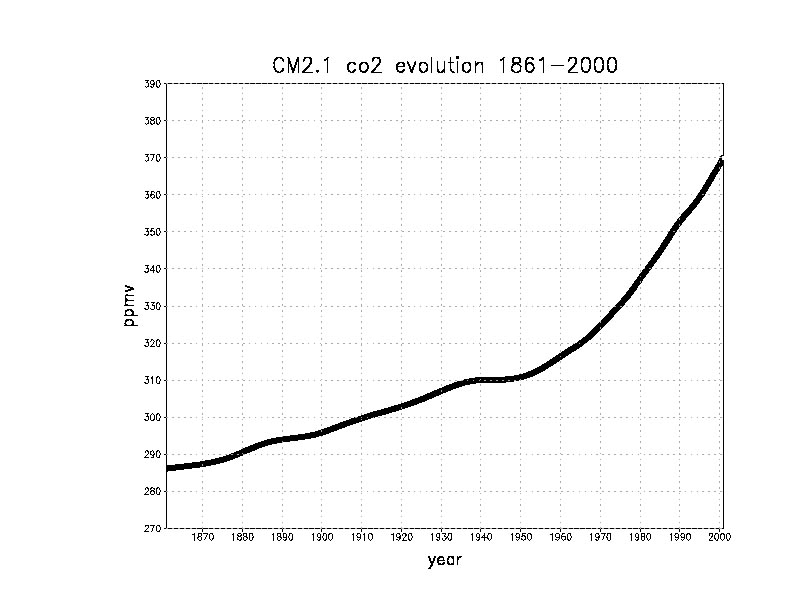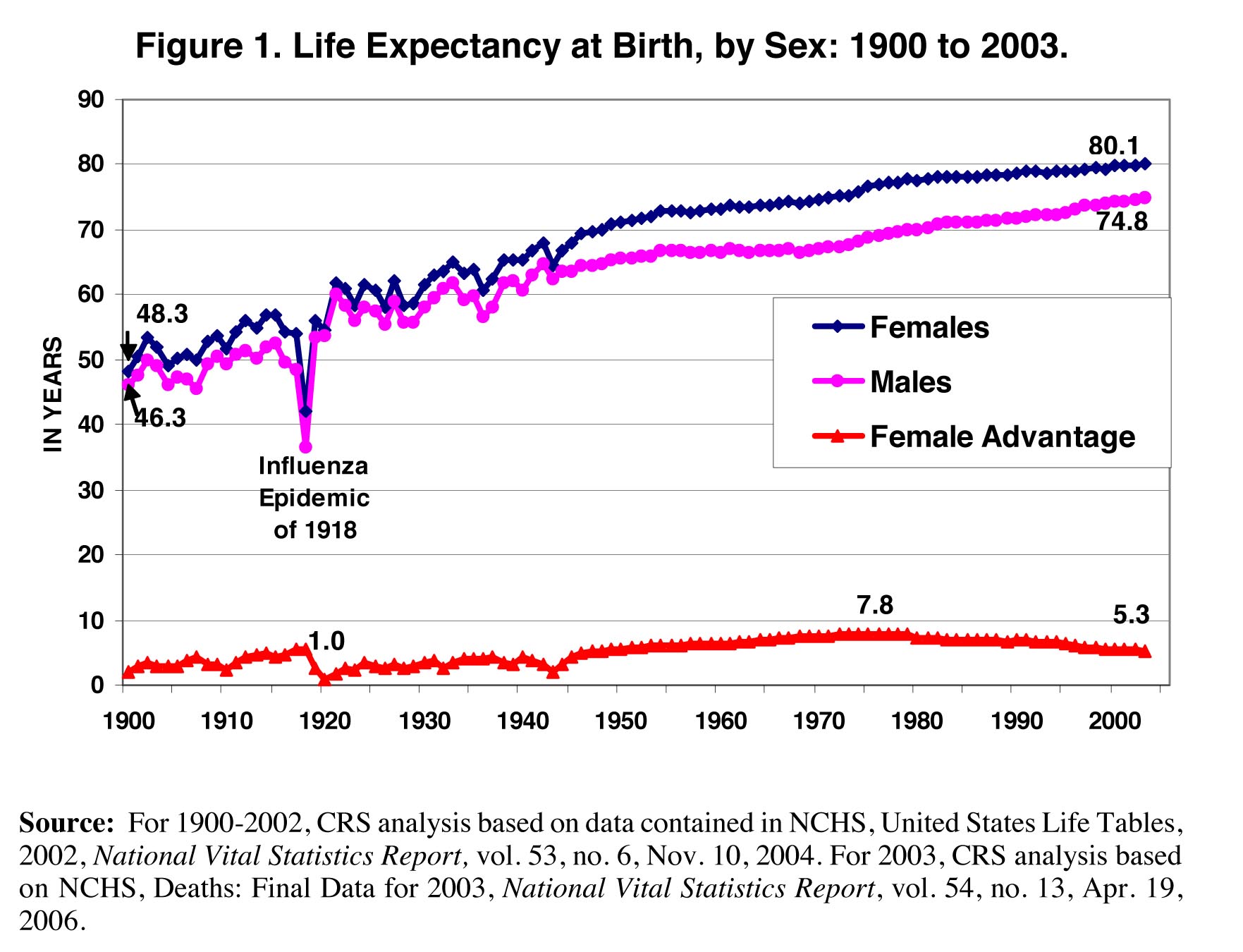A new study reports that people can suffer lung damage from ground-level ozone (smog) even at the strict new standards proposed by the U.S. Environmental Protection Agency. But this is yet another example of how science can be manufactured by EPA to fit its regulatory agenda.
Last month, the EPA delayed finalizing its proposed ozone standards, supposedly pending completion of a scientific review. This was the third delay for the rules which the agency hoped to have in place last August.
Although the Bush administration EPA had tightened the ozone standard to 75 parts per billion (ppb) in 2008, the Obama EPA proposed in January 2010 to further tighten the standard to between 60 to 70 ppb. But this proposal is quite controversial as its underlying science is questionable, and it would be very expensive and inconvenient to implement and comply with. And unlike the case of greenhouse gas regulation where EPA has successfully divided the big business community, businesses are united against these rules and so have been able to exert sufficient pressure on the White House to cause the Obama EPA to hiccup — a remarkable occurrence.
But the ever-resourceful EPA and its long-time partner-in-junk science, the American Lung Association, rushed to publication a new study that purports to show that the proposed standards may not be tight enough. (Aside from its publication in an ideologically friendly journal, the study was still in Word document format, as opposed to journal format, when it was released).
Although the study has not been reported in the mainstream media yet, the EPA/ALA has fed it to the agency-friendly trade press. As alarmingly reported by Energy and Environment News:
Healthy young adults can suffer lung damage at the lowest level of ozone pollution being studied by U.S. EPA as the agency prepares stricter limits on smog, according to new research that was touted today by public health groups.
Published today in the American Journal of Respiratory and Clinical Care Medicine, the study provides the strongest evidence yet that most of the U.S. population is being exposed to dangerous air pollution, the American Lung Association said.
“This study provides even greater evidence for a stronger ozone standard to protect the public from the nation’s most widespread air pollutant,” said Norman Edelman, the American Lung Association’s chief medical officer, in a statement. “Ozone today remains a threat that we need all the tools in the Clean Air Act to combat.”
Contrary to the above-captioned claims, however, the only thing this study proves is that scientific study should be removed from the EPA.
EPA researchers had 59 healthy young adults (ages 19-35) exercise in a zero ppb ozone chamber and, a week or so later, had them exercise again in a 60ppb ozone chamber. Study subjects spent 6.6 hours in the chamber each time, engaging in 50 minutes of exercise (alternating bike/run) with a 10-minute break per hour. Spirometry measurements (forced expiratory volume at one second, FEV1, and forced vital capacity, FVC) were taken before and after the chamber exposures.
Here are the results. When exposed to 60 ppb ozone while biking/running for 6.6 hours, study subjects had a statistically significant mean decline in FEV1 of about 1.75 percent and a decline in FVC of about 1.19 percent more than when exercising in zero ppb ozone.
Do these results matter? Are the reported reductions in FEV1 and FVC meaningful? From a clinical perspective, no. Changes in FEV1 and FVC are clinically important at levels ranging from 15-20 percent — not 1-2 percent.
Underscoring the meaninglessness of the changes allegedly “measured” is that spirometry is not so precise that such small changes can be reliably detected and attributed to anything other than how hard the subjects inhaled and exhaled. It’s interesting to note, for example, that the results inexplicably differed for men and women. The margins of error reported for the men indicate the ironic possibility, in fact, that the 60 ppb exposure may actually have increased their FEV1 and FVC. Since this is not likely to have happened, the explanation must lie in the unreliability of the spirometry.
Moreover, the study subjects were likely exposed to much higher levels of ozone than the researchers say they were. As air quality expert Joel Schwartz pointed out in his 2007 book Air Quality in America (AEI Press), the ozone doses used in the laboratory studies are based on ambient concentrations measured by monitors, rather than real personal exposures. But as it turns out,
… [the] ozone concentrations measured at the ambient monitors used to determine Clean Air Act compliance are much higher—at least 65 percent higher, on average—than the concentrations in the air people actually breathe in. Several factors contribute to the discrepancy between monitored ozone levels and personal exposures. Ambient monitors are often placed several feet above typical human head-height to avoid interferences from people and surfaces near the ground. However, ozone deposition on surfaces (such as clothing or the ground) reduces the levels in the air that people actually breathe in. Levels also tend to be lower near roads, due to destruction by nitric oxide emitted by vehicles. Finally, there is evidence that the equipment used for regulatory monitoring gives ozone readings that might be biased high.
So although the EPA researchers claim the study subjects were exposed to 60 ppb ozone, that level equates to about 92 ppb measured by an outdoor monitor measuring ambient ozone — a level that is 22 percent higher than the existing standard set by the Bush administration and more than 50 percent higher than the tightest level proposed by the Obama administration.
Schwartz also observed that,
In addition to using personal exposures that are too high, laboratory studies also use “background” ozone exposures that are too low. To determine the health effects of ozone, researchers compare subjects’ lung function while breathing ozone with their lung function while breathing “clean” air—that is, air representing some background exposure level. All studies to date have used ozone-free air for this background level. This too is unrealistic, because there is always some natural background ozone in air due to natural emissions of ozone-forming pollutants from vegetation, lightning, and occasional transport of ozone to ground level from the stratosphere. Some ozone and ozone-forming pollutants are also transported into the United States from other countries. This background level of ozone is a matter of controversy, but it is certainly not zero.
But does the science really matter? Isn’t ground-level ozone (aka smog) just bad? And shouldn’t we do everything possible to live in a zero-smog world?
To put the EPA’s new non-results in context, consider what economist Donald Norman, PhD. of the Manufacturers Alliance/MAPI estimates will be the costs of tightening the ozone standard to 60 ppb:
… the annual cost of attaining a standard of 60 ppb would be $1.013 trillion between 2020 and 2030, equivalent to 5.4 percent of gross domestic product (GDP) in 2020. The present value of attainment costs over this period amounts to $7.1 trillion based on a discount rate of 7 percent.
Norman’s other key findings include:
- GDP would be reduced by $676.8 billion in 2020 (in 2010 dollars), an amount that represents 3.6 percent of projected 2020 GDP in the baseline case (2.5 percent annual GDP growth);
- Total U.S. job losses attributable to a 60 ppb ozone standard are estimated to rise to 7.3 million by 2020, a figure equal to 4.3 percent of the projected 2020 labor force;
- Job jeopardy and the impacts of a 60 ppb ozone standard are largest in states where there is considerable manufacturing and refining activity. The states with the largest job losses include: Texas, which would lose nearly 1.7 million jobs at a total attainment cost and reduction in GDP of $452 billion (in 2010 dollars); Louisiana, which would lose 983,000 jobs at a cost of $270 billion; California, which would lose 846,000 jobs at a cost of $210 billion; Illinois, which would lose 396,000 jobs at a cost of $98 billion; and Pennsylvania, which would lose 351,000 jobs at a cost of $86 billion;
- Together, annual attainment costs and reduced GDP in 2020 would total $1.7 trillion…
Should we sacrifice millions of jobs and trillions of dollars to improve U.S. public health by precisely zero?
In a March 1992 report by a blue ribbon panel of the EPA’s Science Advisory Board, Safeguarding the Future: Credible Science, Credible Decisions, the agency was warned not to adjust science to fit policy.
But 19 years later, the agency has yet to embrace this advice. It’s doubtful that EPA ever will on its own. The solution is for Congress to remove the scientific research function from the EPA and put it someplace where it’s less susceptible to politicization.

